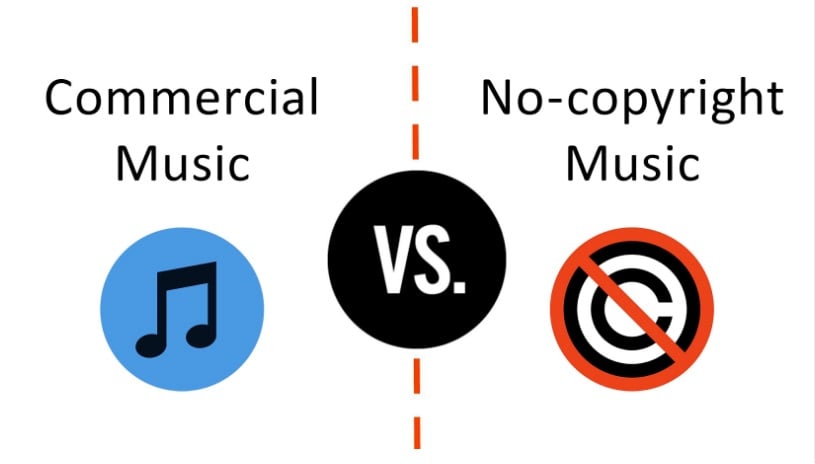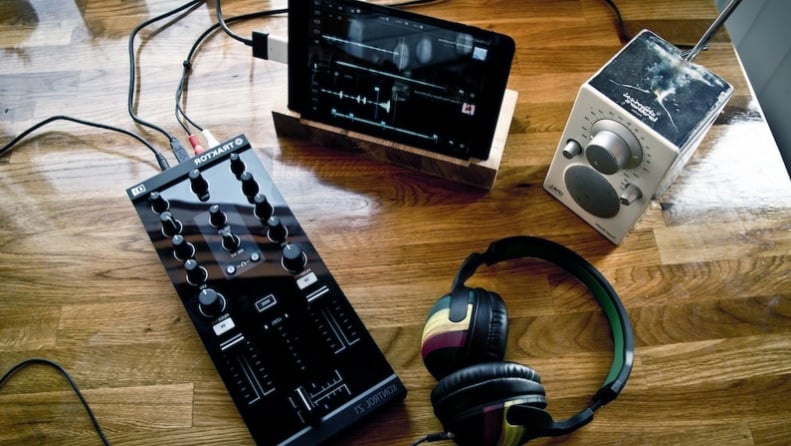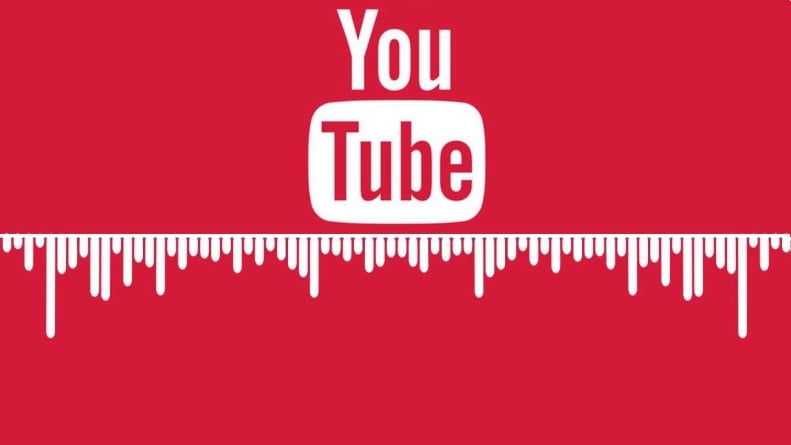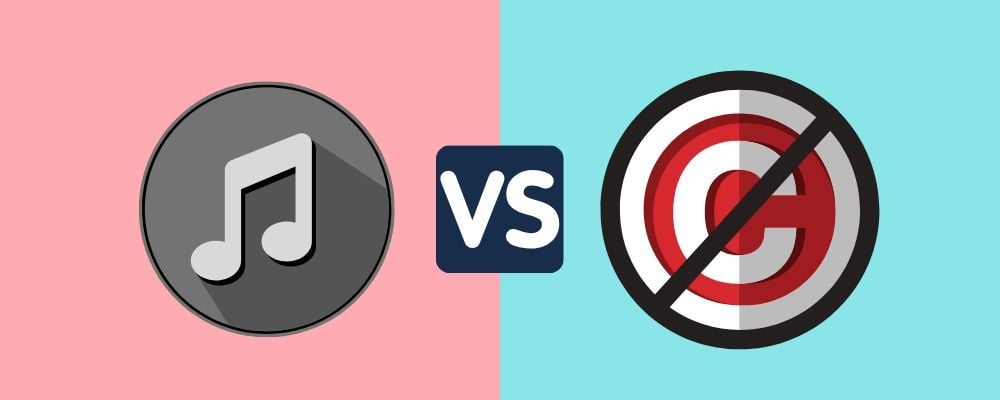Commercial vs No Copyright music: Use, Difference, and Insights
Thinking about the context of this article, one cannot help but begin with explaining what commercial music really is. The fact is that many people do not fully understand the difference between commercial and no-copyright music in the music industry (which we will discuss later) and this implies a fundamentally incorrect idea of the problems that the author of video content may encounter after trying to add music to his video clip.
After all, the most common question that exists in this topic arises after someone heard a new Metallica’s performance and wonders whether this track can be used in his film, video, or else.

Commercial music in the broadest sense is music created within the framework of a certain genre, aimed at a specific audience.
However, in our article, we will talk about more specific things. Namely, how commercial music and no-copyright music differ in terms of the opportunities that they provide to authors of video content.
And in this sense, commercial music is music that you can use to increase your income. In other words, use this music in your advertising campaigns and so on. And, more importantly, the key difference between such music and no-copyright music is that you have to deal with licensing directly with copyright holders - with the authors of music or with record companies owning the rights to the music of these authors.
This state of affairs will lead you to great difficulty in trying to give your video content decent music. And the options for where you can use such music are many. Let's list them.
Background music: where to use?

There are many options for where you can use music in your business. Regardless of the direction of your business, cool background music can be useful to you, making your video content unique and memorable. So, here are just a few of the options that come to mind first:
● YouTube channels.
Yes, of course, now it is extremely difficult to find a video of any subject that doesn't have at least some background music. The fact is that YouTube content is usually a video in which the author of the channel reads information either behind the screen or in front of the camera while adding inserts of video content from the other sources. When dealing with this format, dull voice and silence against the background bury the hopes of the authors that their videos won't be turned off after 2 minutes of viewing. Treat it like music in an elevator or while waiting on a telephone line.
● Presentations.
Presentations aim to convey to the audience the meaning of your product, service or idea in a short time and make it memorable. Background music is also a key element here.
● Educational videos.
Here the situation is the same as the presentations one.
● Wedding videos.
The effect of watching the wedding video with George Michael's ballad will be much stronger than without it.
● Internet advertising.
We think everything is clear here. Of course, you can do without music in advertising, but according to statistics, such a video will have less impact.
● Advertising on TV.
Here everything is the same as with advertising on the Internet.
● Short and feature films.
Fantasy has no limits. If you are planning a whole movie, then you can not do without background music. In the history of cinema, there are examples of films without music at all, but these are, rather, the authors' attempts to create psychological tension. Because the movie is really annoying with the complete lack of music in it.
● And so on.
The list goes on and on, but you get the idea. There are no limits, and everyone decides for themself where and why they need to use music in their business.
Now, let's cast aside the last doubts about how commercial and no-copyright music differs.
The difference between commercial and no-copyright music

As we said above, commercial music is the product of the possession of the authors or copyright holders of this music. In other words, this is a product that is in the possession of people, communication with which can take a lot of time and not bring tangible results.
At the same time, no-copyright or, as it is also called, royalty-free music are tracks and sounds that are shared under licenses. There can be many licenses, but regardless of the type of license, you do not have to deal with constant communication with the authors of music.
You can also forget about any deductions, additional fees, and reports. By purchasing a license for such music, paying once, you can use it anywhere without fear of being in a lawsuit with a music author.
Such music is distributed by special online platforms that store hundreds and thousands of new and unique tracks of any genre and directions. Such platforms take care of all the issues and require you to purchase a license only. After that, having acquired, for example, a license for lifetime commercial use, you can use this music anywhere in order to increase your income or to advertise your products.
These platforms usually have great navigation, with a huge number of music created by great composers. These tracks are usually a product of high production and are distributed by genre and style. What you can see there are the best pop, rock, rap, piano, and guitar tracks from authors from around the world. Brand songs are suitable for projects of any industry. There is no need to contact the studios in search of the ability to make your work more musical.
And what about the YouTube Audio library?

Indeed, why not use music from YouTube? YouTube is the same platform as any other. You can use the music from here not only in your YouTube videos but also for other purposes. And there's plenty of free tracks here, so this is a good option for a tight budget.
However, the important thing is that the YouTube audio library is not suitable for you if you are going to make money on your video content. In other words, using this content for commercial purposes. YouTube Audio Library provides its music based on a Creative Commons license, which implies exclusively non-commercial use.
Summary
Understanding the differences between commercial and no-copyright music is crucial for business owners or creators of advertising content. It is extremely important to carefully study the rules, duties, and restrictions that you subscribe to, purchasing and using this music in your content.
It is not so easy to find the right and affordable music for particular video material. However, the use of online libraries that store thousands of tracks that are licensed for commercial (and not only) use greatly facilitate this task.






